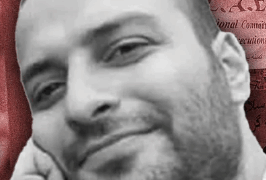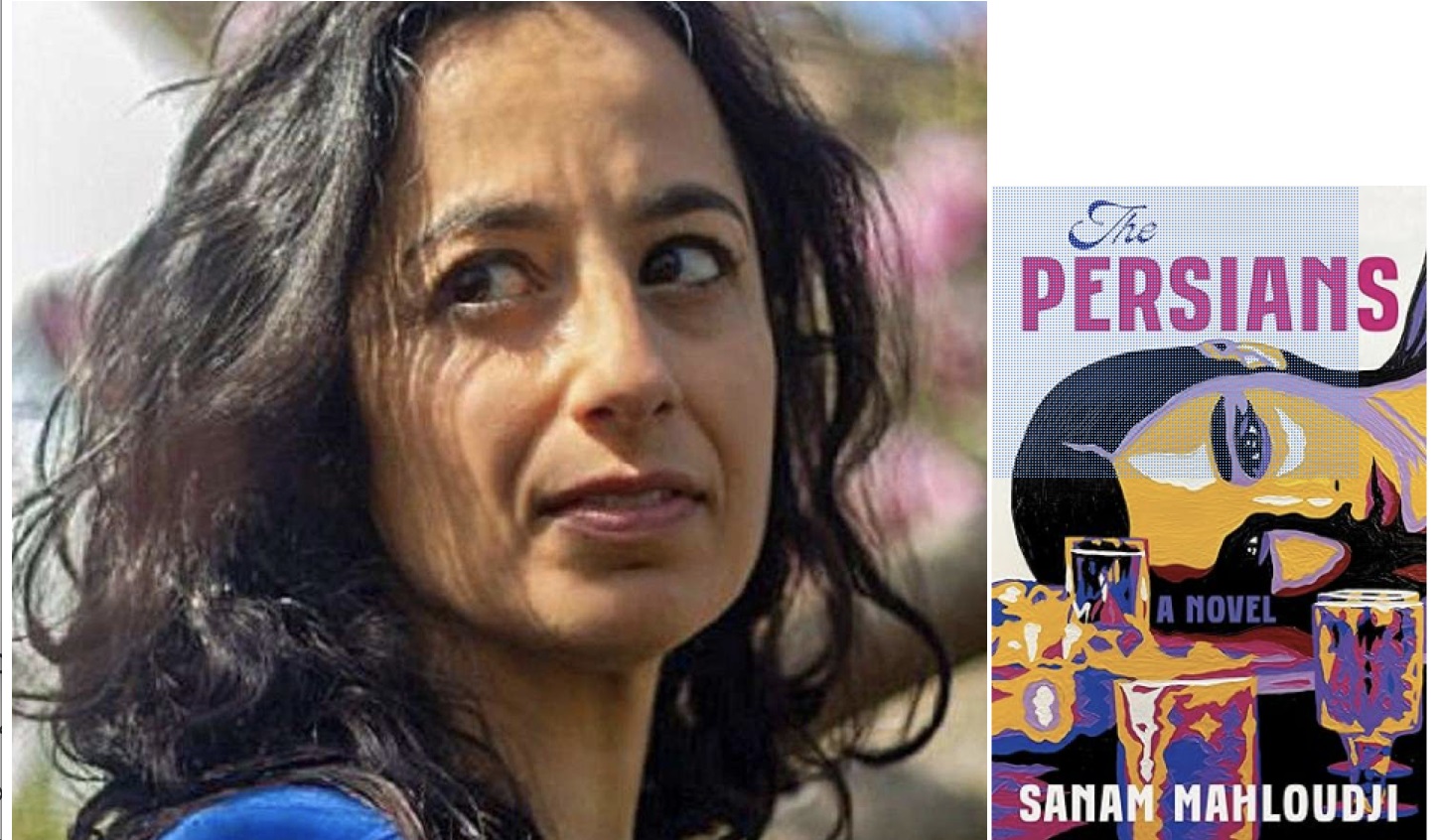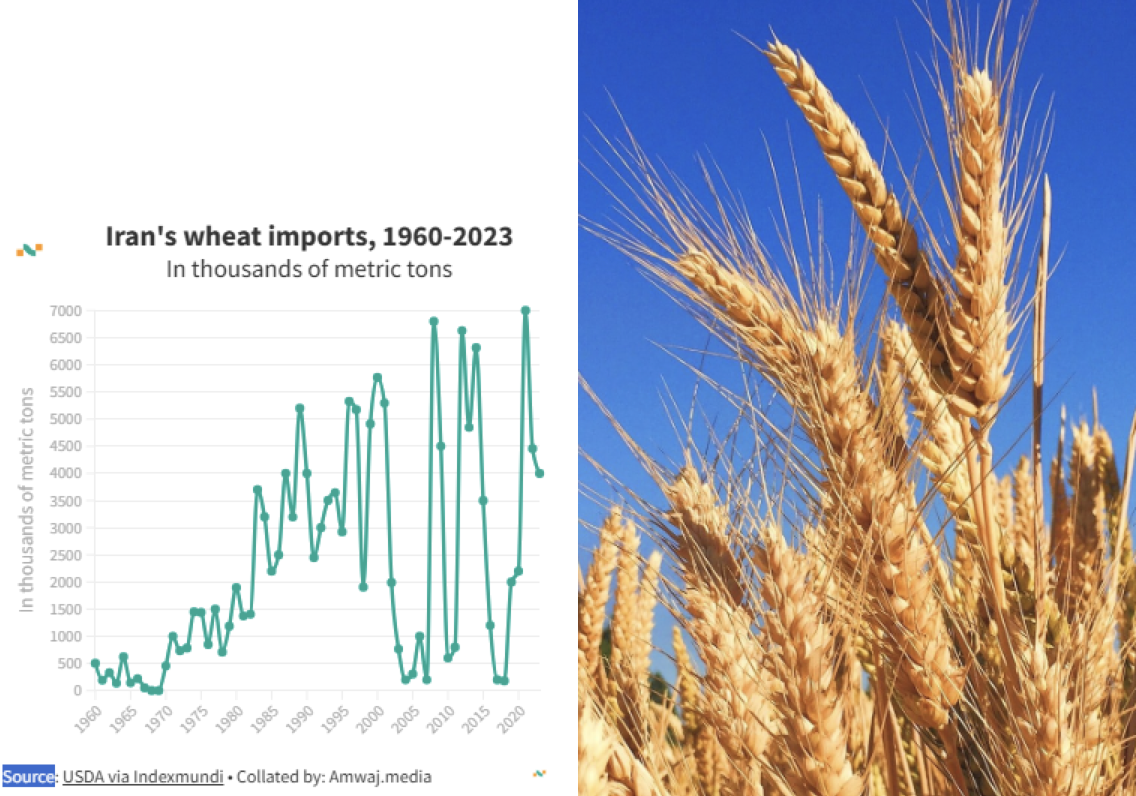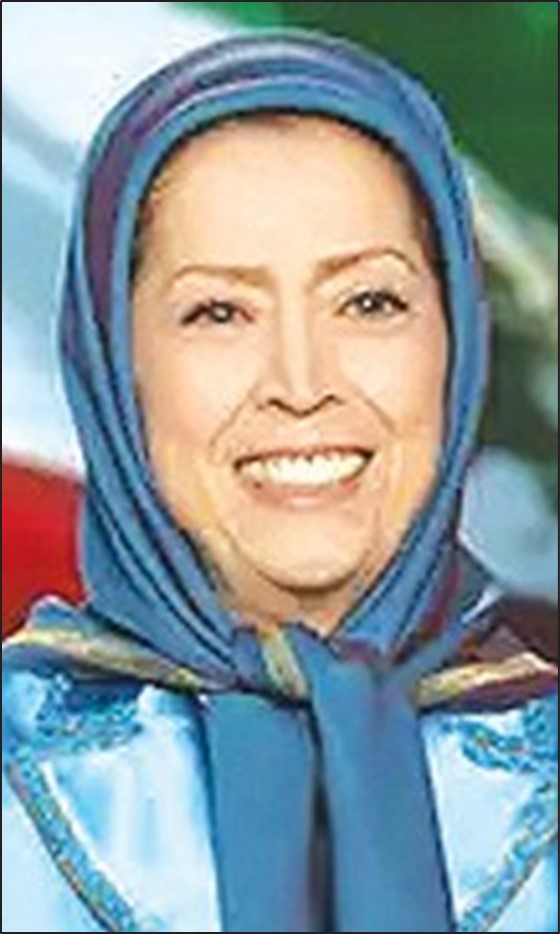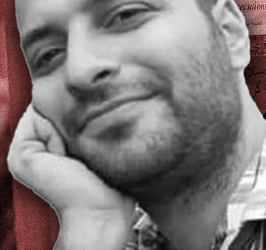the biblical Jewish Queen Esther in Hamadan Sunday and threatened to destroy it if Israel damages Al-Aqsa mosque in Jerusalem, the Mehr news agency reported.
The agency identified the demonstrators as members of the student Basij at Bu-Ali-Sina University of Hamadan.
“Muslims beware that they have started the destruction of Al-Aqsa mosque while their second sacred site in Iran, the Esther and Mordecai tomb, is at peace and no Muslims make a sound,” the protesters said in a statement.
“We, the student Basijis,… warn Zionist regime leaders that if they assault Al-Aqsa mosque in any way we will destroy the tomb of these lowly murderers,” the statement said.
The shrine in Hamadan commemorates Esther, a young Jewish woman who married Achaemenid King Xerxes five centuries before Christ, and convinced him to allow Jews to settle freely in the Persian empire.
Iran has the largest Jewish community remaining in the Middle East after Israel—20,000 to 25,000—and the shrine is visited by many pilgrims.
As with many ancient sites, there are questions as to whether the Esther tomb is what it purports to be. The present building has a simple brick dome under which are two graves with a Hebrew inscription on the plaster work of the wall. Two exquisite wooden tomb-boxes are also to be seen, one of which is of an earlier date and bears an inscription in Hebrew.
The original structure dates to the 13th Century CE and might have been erected over other and more ancient tombs. The exterior form of the mausoleum, built of brick and stone, resembles Islamic constructions, and the monument consists of an entrance, a vestibule, a sanctuary and a Shah-ni-shin (King’s sitting place). Tradition holds that the mausoleum is the resting-place of Esther, the Achaemenian Queen and wife of Xerxes (Khashay-arshah) and the second tomb belongs to her uncle, Mordecai.
In Jerusalem, Several construction and archaeological projects around Al-Aqsa mosque—known to Jews as the Temple Mount and to Muslims as the Haram ash-Sharif or Noble Sanctuary—have raised charges around the Muslim world for decades that Israel is endangering the sacred site.
Al-Aqsa mosque is Islam’s third-holiest site, after Mecca and Medina, and is the place where Muslims believe the Prophet Mohammed made a night journey to heaven on horseback.
It is also the holiest site in the world for Jews, who believe it was the location of the Second Temple, torched by the Romans in 70 AD.


